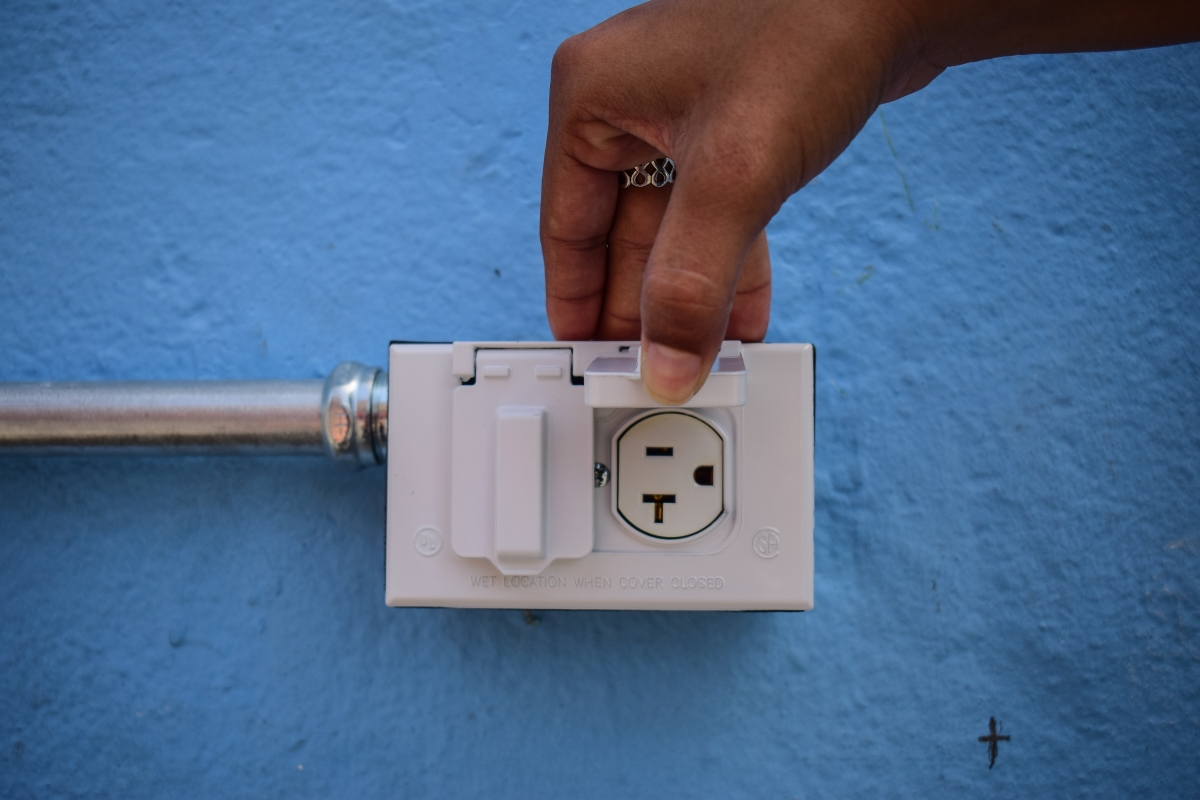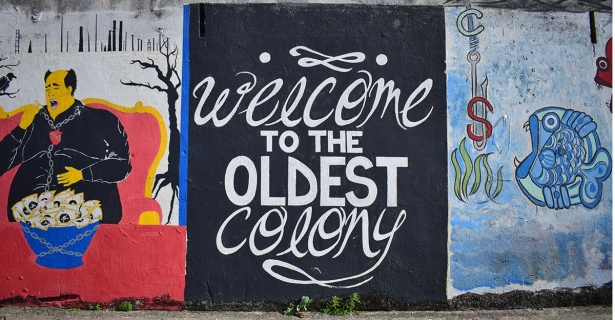As a participant in the Program for Narrative and Documentary Practice (PNDP) this past spring, I’ve come to learn that headlines only capture a fraction of reality, and thus it is important to amplify what plays out in their shadows.
I traveled with PNDP to Puerto Rico to gain a better understanding of the challenges the people are still facing in the wake of last year’s devastating hurricane season.
 Unsurprisingly, blackouts and a failure to restore electricity have dominated headlines in the wake of Hurricane Maria. However, beneath the chaos a more nuanced story is unfolding; grassroots organizations are bringing power back to the people with community solar installations that not only alleviate immediate needs, but lay the groundwork for energy independence. Spurred by an interest in renewable energy’s advantages in disaster response, I reached out to various organizations to schedule interviews during the PNDP workshop in Puerto Rico, and sought to capture this story in both word and image.
Unsurprisingly, blackouts and a failure to restore electricity have dominated headlines in the wake of Hurricane Maria. However, beneath the chaos a more nuanced story is unfolding; grassroots organizations are bringing power back to the people with community solar installations that not only alleviate immediate needs, but lay the groundwork for energy independence. Spurred by an interest in renewable energy’s advantages in disaster response, I reached out to various organizations to schedule interviews during the PNDP workshop in Puerto Rico, and sought to capture this story in both word and image.
I first met with Jan Curet, the field director of Resilient Power Puerto Rico (RPPR); an initiative started by members of the Puerto Rican diaspora to provide communities with electricity even when the grid fails. Although it was started in response to Maria, he told me that they have long term plans to ensure that every municipality has reliable energy access. This is because extreme climate events are only going to increase in frequency, and faith in public infrastructure is very low. By seeding solar systems all across the island – thirty projects are currently underway, they are making serious inroads for the future of renewable energy in Puerto Rico.
While I didn’t yet have much to photograph, his introduction to this complex story gave me a well of knowledge to explore for my topic. I read through the electric authority’s fiscal plan, examined their recently announced microgrid regulations, and started to speak to people in San Juan about their experiences.
While conducting informal interviews, I found that people in the urban center had gone three to five months without power and had operated generators daily to compensate. That cost people anywhere from $15-$50 per day for gas, bringing with it jarring noises and toxic fumes.
I also spoke with Luis Carlos of G8, RPPR’s first community partner. RPPR was seeking to make an immediate impact, which they backed up by installing solar panels the next day. Carlos described the project as a blessing, adding, “We were like a shining light in the darkness.”
“People were coming from all over the place just to get some energy, just trying to carry on with their lives,” he said. G8 hosted FEMA workshops, distributed aid, and gave people a place to get online to communicate with family members.
This first-hand account was powerful, but even more so was his indictment of the conditions that brought Puerto Rico to where it is today. Noting the poor energy restoration efforts and high cost of electricity due to the cost of imports via the Jones Act*, he said “you have to see Puerto Rico for what it is: a colony of the United States.”
It is important to recognize that sentiment and to understand the role that the U.S. government has played in a disaster relief operation that is far from a 10 (out of ten).
My time here thus far has made me consider how even the most urgent efforts are subject to politics and showed me how grassroot efforts are truly essential in the wake of government inaction. The work being done by Resilient Power Puerto Rico and its community partners makes a huge difference in the lives of Puerto Ricans around the island. I hope that my project can do that story justice; stay tuned.
* Section 27 of the Merchant Marine Act is known as the Jones Act and deals with cabotage (coastwise trade) and requires that all goods transported by water between U.S. ports be carried on U.S.-flag ships, constructed in the United States, owned by U.S. citizens, and crewed by U.S. citizens and U.S. permanent residents. (Wikipedia)

